The Electronic Intifada 17 July 2018

The shepherding community of Khirbet al-Malih is located in a hilly area of the Jordan Valley in the northeast corner of the occupied West Bank. Pockets of families live in metal-frame tents in small Bedouin encampments. Israel occupied the area in 1967 and, like some 60 percent of the West Bank, it is under full Israeli military control.
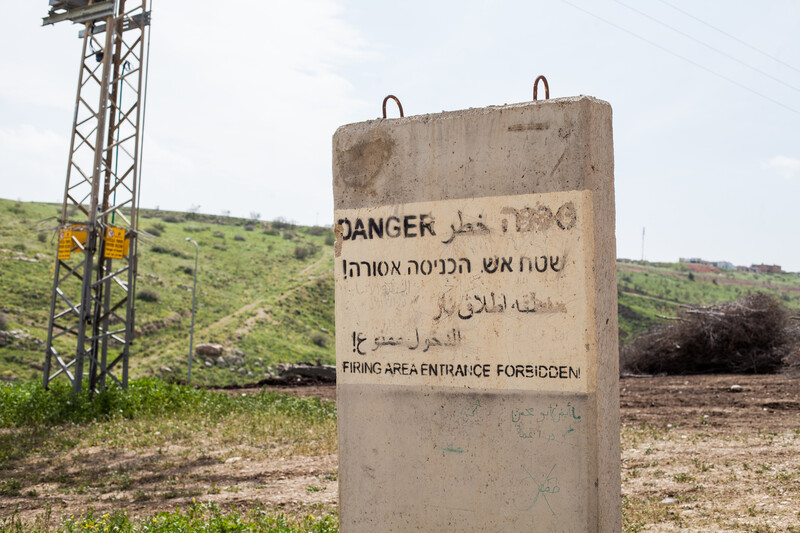
Since the 1970s, this area has also been an Israeli live-fire military zone, along with around half of the rest of the Jordan Valley, according to the rights group B’Tselem.

In an otherwise peaceful countryside lies a military outpost. For the residents of Khirbet al-Malih, the firing zone designation means the Israeli military can train whenever they want. The shepherds and their families live with the constant presence of military vehicles criss-crossing the countryside, semi-trailer trucks transporting tanks, low-flying aircraft, gunfire and explosions.
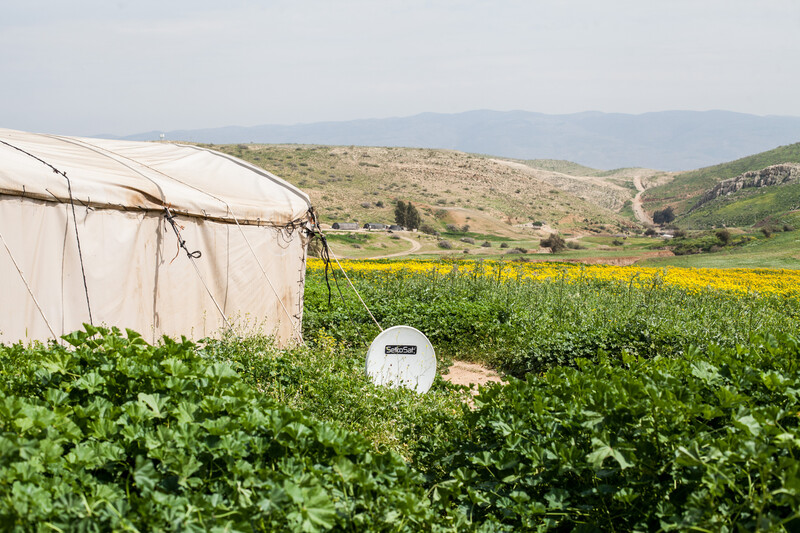
Khirbet Al-Malih is dry and hot in the summer, rainy in the winter and deep green in the spring. Spring is the best season for milk because there is plenty of food for the animals.
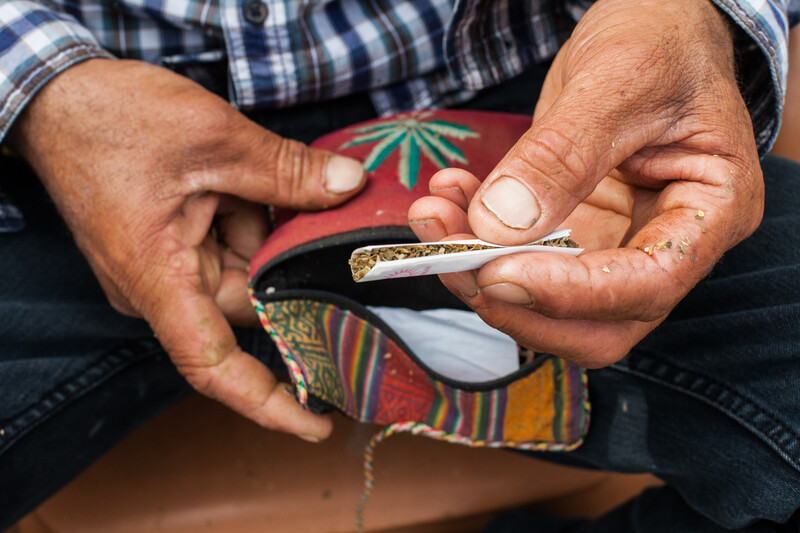
A Bedouin resident of Khirbet al-Malih rolls a cigarette made with tobacco grown on his field.

If Israeli forces want to use the land around a Bedouin family compound for military exercises, they do. They pull up to a tent and demand everyone leave for a certain period of time, often for days. Families pack the few things they can, gather their animals and leave. They sleep outside until they are allowed to return, often to trampled crops and turned-up earth where tanks passed through. This photo shows the aftermath of one such military exercise. Since 2014, at least three Palestinians have been killed and five injured by unexploded ordnance left behind during military exercises in the Jordan Valley, according to B’Tselem.
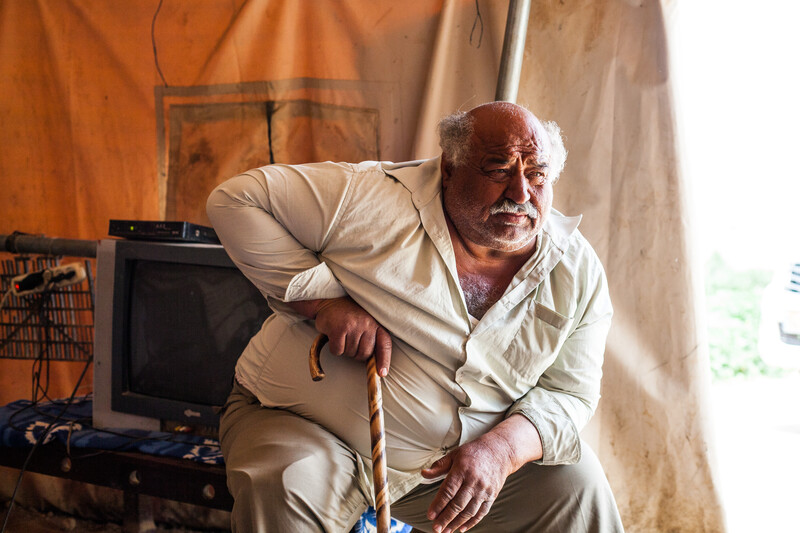
Khadir Brahim lives in Khirbet al-Malih on land owned by a Christian church. In recent days, Brahim said, the military performed exercises. “They made us and others leave our homes,” he said. When Brahim is forced to evacuate, he said: “I take the minimal, the goats, the sheep and just go.” Brahim added that, “If anyone is caught staying in their home, the army would physically throw us out and beat them if necessary.” The army once shot a camel, he said.
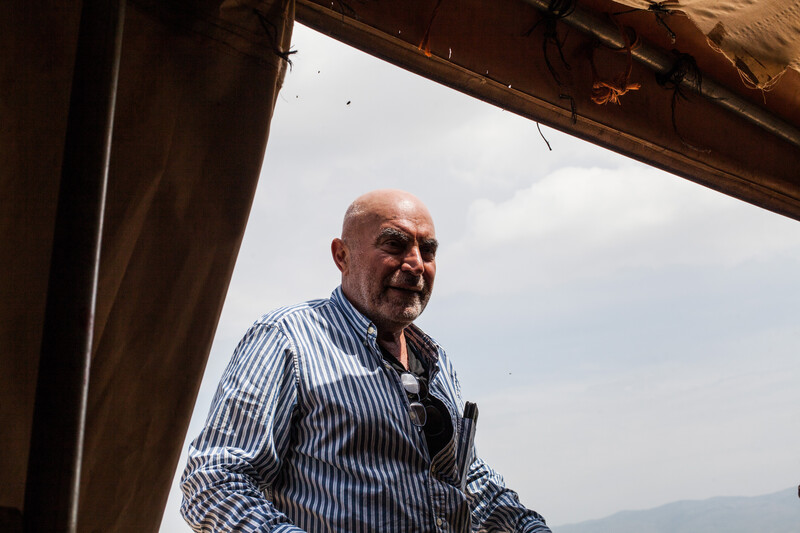
Ezra Nawi is an Israeli human rights activist who has been working in the northern Jordan Valley for years. He says Israel’s aim in the Jordan Valley is the same as in the South Hebron Hills and East Jerusalem: pushing Palestinians off their land. “It is the police, the army, the intelligence. It’s the same body with many arms. All of them with the same target, how to squeeze them out,” he said.

Mahyoub al-Meer is a shepherd living with his family on land his grandfather owned. He said he has papers proving his family’s ownership of the land. But under military occupation, papers do little to protect one’s rights. “Every day there is the army, the settlers, the exercises. Every day there are problems,” he said.
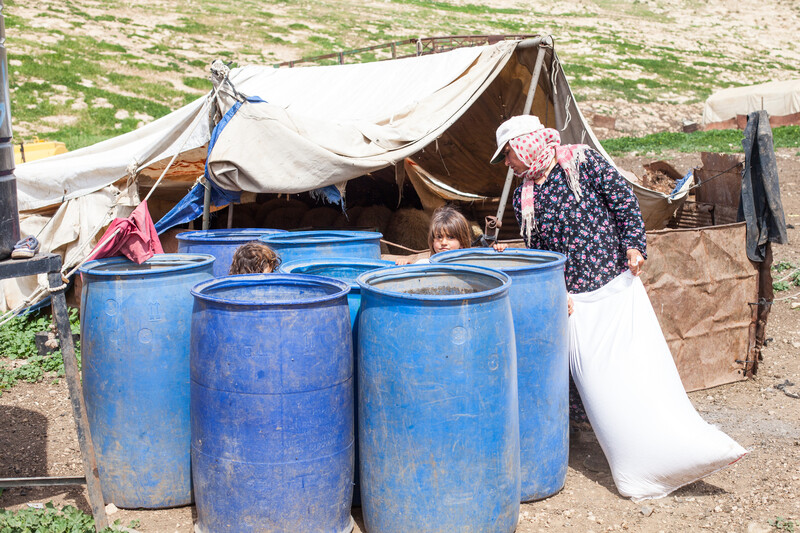
The army recently approached al-Meer’s family, some of whom are seen here, and declared his land a closed military zone. There were no military exercises as far as he could see but they still forced him to leave. “I resisted, I asked why? I asked if it was just me, or did the settler two kilometers away also have to evacuate. The army then asked for my papers. I told them that I was born here, why would I need a license? So I had to leave, I took my family away with me for two days.“
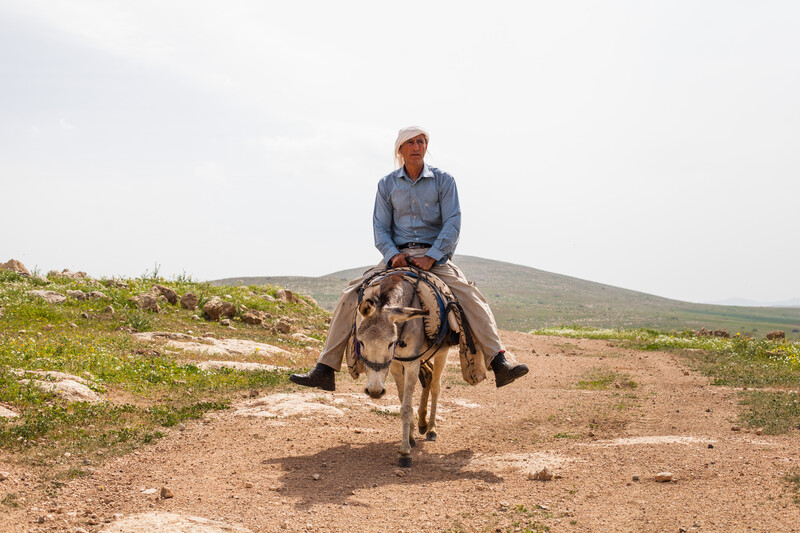
Al-Meer and his family are surrounded by three hillsides cradling their cluster of tents and sheep pens. One hillside has a road cutting through it, leading to Amihai, the newest settlement, just two kilometers away, built on his family’s land in 2017. On the adjacent hill, directly above them, is a military outpost with a watchtower and cellphone tower, leaving them with the feeling of always being watched. These hills were once for grazing, but now al-Meer keeps his distance unless Nawi or other volunteers are with him.

Because Israel prevents Palestinians from building in Area C – a zone comprising about 60 percent of the West Bank – al-Meer cannot dig a well. He cannot access the water line that goes up to the military outpost. Instead, he pays for water tanks trucked in from the nearest town. He has been cut off from his pastures, reducing the available food for his sheep and goats. In 2016, his family dwellings and animal shelters, built of mud and earth, were demolished by the military. They also tore down a small kindergarten on his land. The small schoolhouse served children from neighboring camps, giving them a head start before they went to Tubas for regular schooling.
Adlan Mansri is a French-Algerian photojournalist based in the Middle East.


